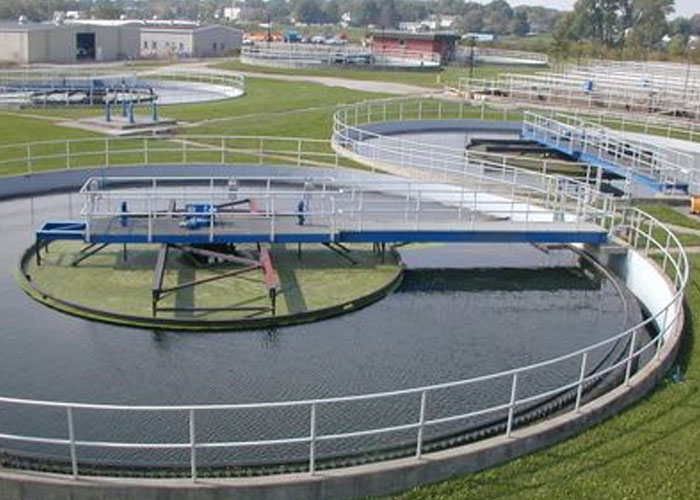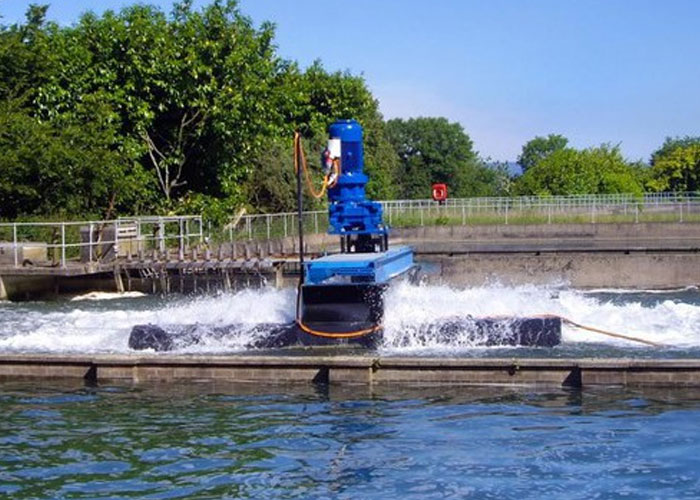What is the Role of Surface Aeration in Waste Water Treatment? The term surface aeration is derived from the fact that it enhances dissolved oxygen levels. This, in turn, contributes to the breakdown of organic matter. It also reduces ammonia and hydrogen sulfide, promoting aerobic biodegradation. Let's explore some of the other benefits of surface aeration.
Depending on the location of your home, you might have to purchase an STP to handle your sewage. Generally, residential buildings need at least one STP to treat sewage. Many STPs are located underground, making them difficult to maintain. Moreover, you may not be able to inspect them without hiring an expert. It is better to consult a professional if you have any doubts about the process.
Surface aeration increases dissolved oxygen levels
Aeration is a process of adding air to water to increase the amount of dissolved oxygen it contains. This process can also lower the temperature of the water. The temperature change depends on the humidity of the water, but it can be as much as 10 degrees Fahrenheit. As oxygen becomes less soluble in water at lower temperatures, it is easier to diffuse in the water.
Air is introduced into wastewater by means of a subsurface aeration system. Air is compressed and delivered to diffusers in a pattern on the bottom of a tank or lagoon. Diffusers are tubes with tiny holes that allow air to diffuse into the water. This causes bubbles to form in the water. There are two types of diffusers: diffusers with tiny holes and air bubbles.
It helps break down organic matter

Aeration is the process of adding oxygen and air to wastewater. It breaks down organic matter by promoting natural biodegradation. It also removes dissolved gases, which are released into the air. Sewage contains millions of microorganisms and toxic volatile organic compounds. Left untreated, sewage can pollute the air and freshwater supply. Therefore, surface aeration is essential for wastewater treatment.

Aeration is also a key part of biological treatment systems. Adding oxygen to wastewater increases dissolved oxygen levels, which is essential for the survival of aerobic microorganisms. Without dissolved oxygen, the water cannot break down organic matter in a timely manner. Aeration is also more cost-effective than chemical treatment because air does not have to be purchased. Surface aeration is an effective wastewater treatment solution for industrial and municipal wastewater.
The use of surface aeration is also a great way to increase the oxygen supply in wastewater. Without a powerful supply of oxygen, microorganisms will not be able to grow and thrive. Surface aerators are a great way to introduce a high oxygen concentration to wastewater in a short amount of time. This technique is most effective in shallow water applications. Aerators are available in both fine and coarse bubble diffusers.
It reduces ammonia and hydrogen sulfide
Aeration is an important part of wastewater treatment, as it helps distribute oxygen throughout the water and encourages the biodegradation of organic contaminants. Aeration also helps reduce volatile organic compounds (VOCs), which are dangerous to the environment because untreated wastewater can pollute the air and freshwater supply. During the spring season, wastewater lagoons need double the amount of dissolved oxygen (DO), and they can need as much as 5 to 6 pounds of O2 per pound of the influent BOD.
In many wastewater treatment plants, the aeration process is the biggest energy-consuming activity. It accounts for 50 per cent or more of the plant's overall power consumption. But when done correctly, aeration reduces dissolved gas emissions and enables wastewater treatment to be more efficient. This technology is also environmentally friendly. Here are five benefits of surface aeration.
It promotes aerobic biodegradation
Aeration in wastewater treatment is important for improving water quality by distributing oxygen throughout the water. This oxygen, in turn, promotes the aerobic biodegradation of organic materials. Bacteria feed on the organic waste matter and separate into flocks as they grow. This process further promotes decomposition by reducing hydrogen sulfide, ammonia, and soluble iron levels.
The efficacy of aerobic granular sludge in a laboratory-scale wastewater treatment plant was evaluated. This study aimed to explore the relationship between aeration mode and microbial community composition and the efficacy of nitrogen, COD, and total suspended solids removal. Moreover, it aimed to identify the microbial groups responsible for pollutant degradation.
As a result of the aeration process, dissolved oxygen concentration was elevated at approximately 3 mgL-1. This dissolved oxygen level meets the requirements for aerobic degradation. This method was successful for both municipal and agricultural wastewater treatment facilities. It is not economically justifiable for all sludge systems. Further, the maintenance of aeration systems is difficult during the winter months.







































Share Post